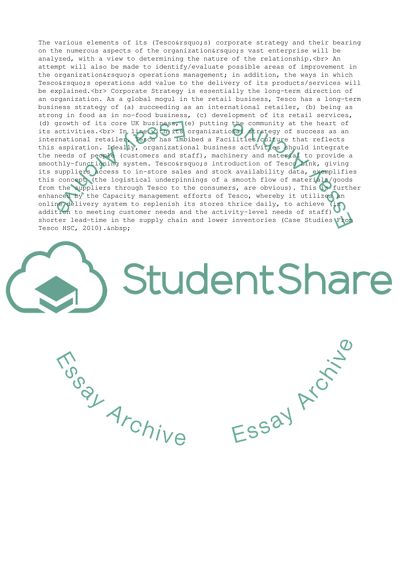Cite this document
(Operations and Logistics Management of Tesco Term Paper, n.d.)
Operations and Logistics Management of Tesco Term Paper. Retrieved from https://studentshare.org/management/1569089-operations-and-logistics-management
Operations and Logistics Management of Tesco Term Paper. Retrieved from https://studentshare.org/management/1569089-operations-and-logistics-management
(Operations and Logistics Management of Tesco Term Paper)
Operations and Logistics Management of Tesco Term Paper. https://studentshare.org/management/1569089-operations-and-logistics-management.
Operations and Logistics Management of Tesco Term Paper. https://studentshare.org/management/1569089-operations-and-logistics-management.
“Operations and Logistics Management of Tesco Term Paper”, n.d. https://studentshare.org/management/1569089-operations-and-logistics-management.


